(Page créée avec « Pin the two pieces previously created to the sides of the front panel. ») |
(Page créée avec « Back seam ») |
||
| Ligne 69 : | Ligne 69 : | ||
}} | }} | ||
{{Tuto Step | {{Tuto Step | ||
| − | |Step_Title= | + | |Step_Title=Back seam |
|Step_Content=Epingler la face arrière aux faces dessus et dessous ainsi qu'aux côtés de la face avant puis coudre la face arrière et les côtés. Attention à ne pas oublier les pièces pour accrocher la ceinture. | |Step_Content=Epingler la face arrière aux faces dessus et dessous ainsi qu'aux côtés de la face avant puis coudre la face arrière et les côtés. Attention à ne pas oublier les pièces pour accrocher la ceinture. | ||
|Step_Picture_00=Banane_design_en_kakemono_arriere.PNG | |Step_Picture_00=Banane_design_en_kakemono_arriere.PNG | ||
Version du 24 juillet 2024 à 13:31
Description
A design fanny pack that's perfect for keeping things you care about safe!
Sommaire
Introduction

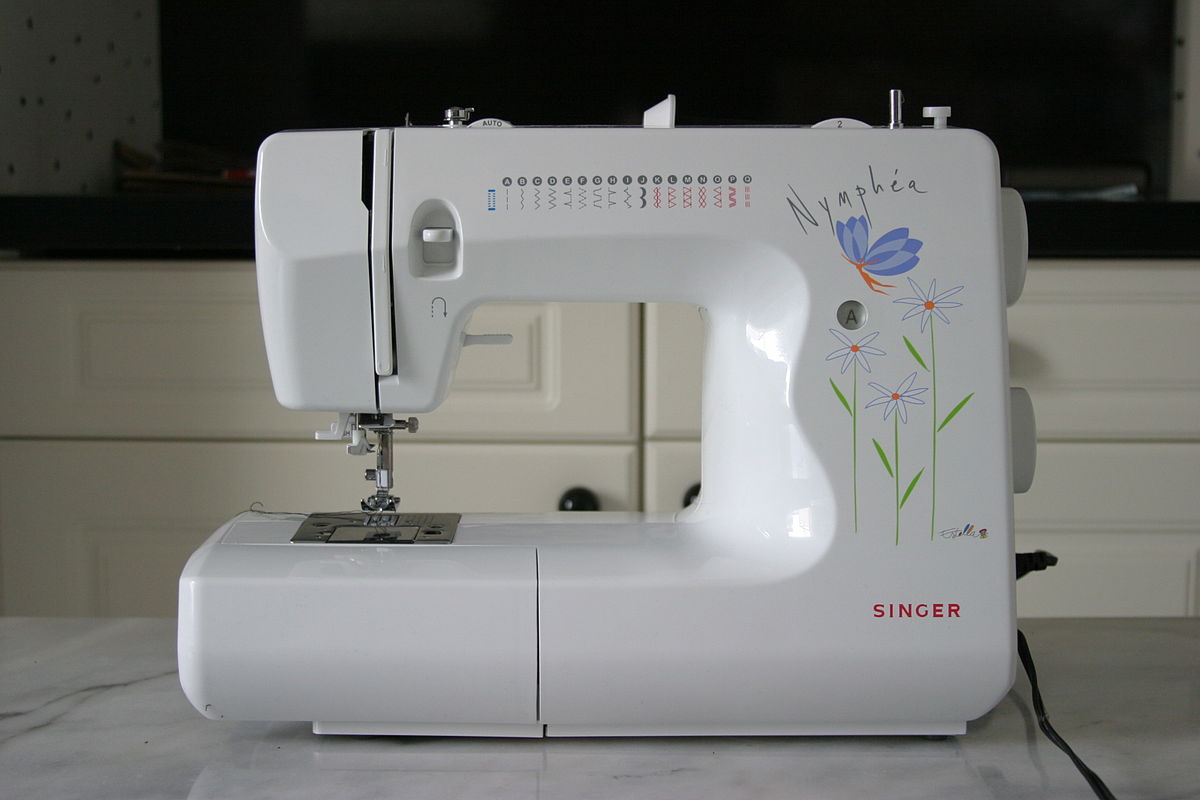
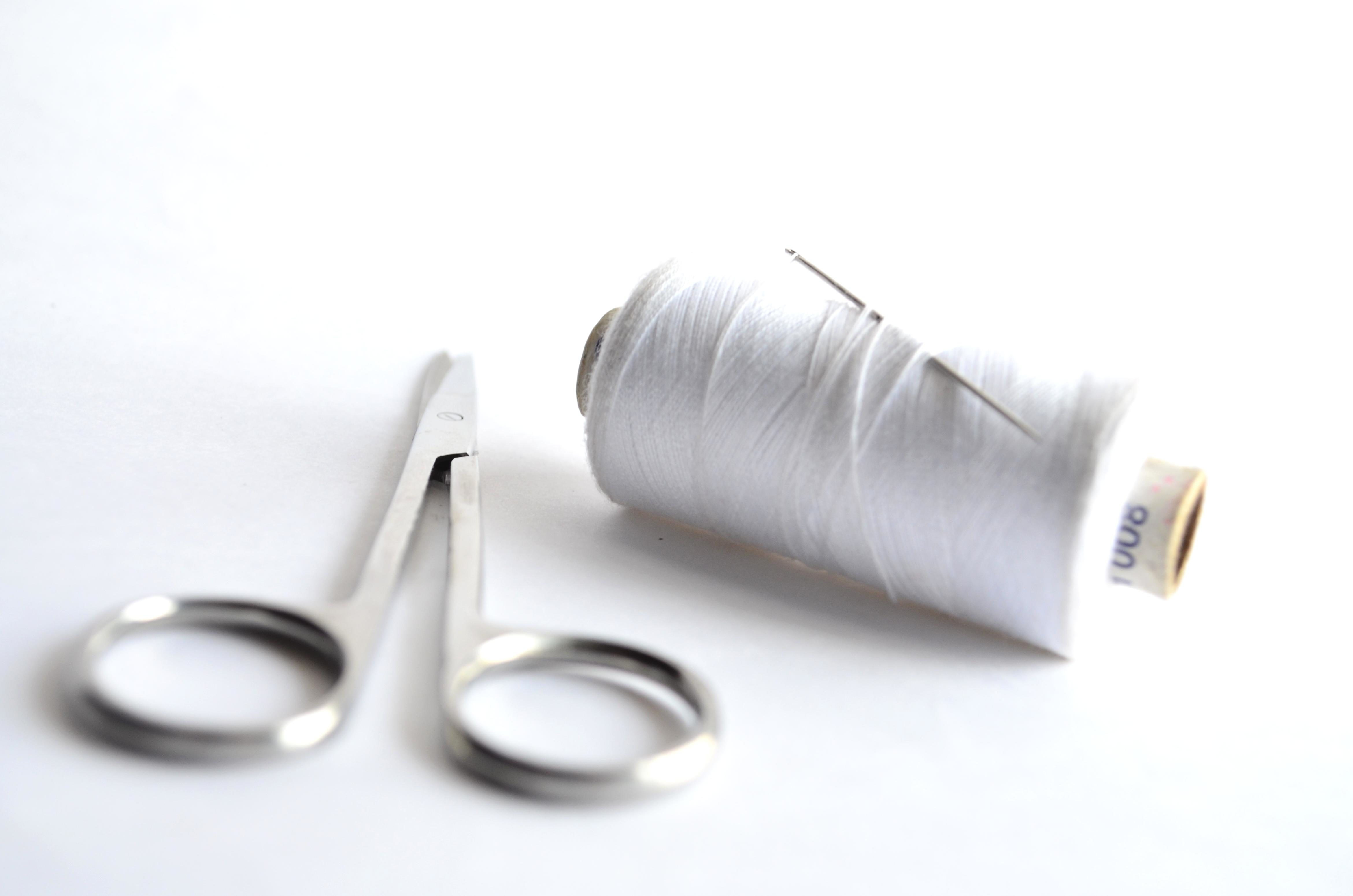
- Erreur lors de la création de la miniature : convert: unable to extend cache `/var/www/dokitfarm/sites/Low_tech_Lab/images/0/04/Banane_design_en_kakemono_IMG_4611.JPG': File too large @ error/cache.c/OpenPixelCache/4006. convert: no images defined `/tmp/transform_e9b8b2ed60d3.jpg' @ error/convert.c/ConvertImageCommand/3258. Error code: 1
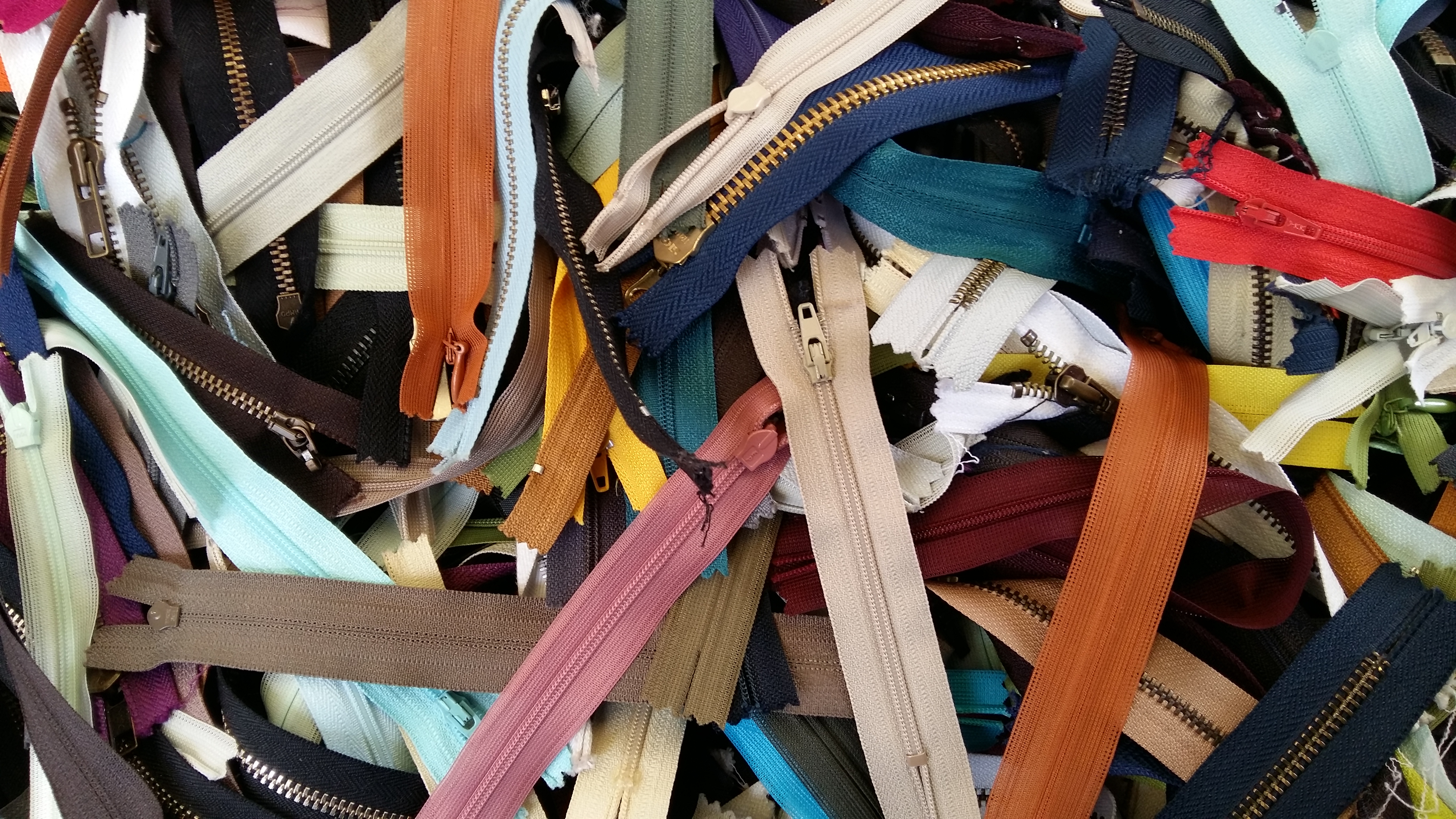
Matériaux
Kakemono, Thread, Inner tube, Zipper
Outils
Sewing machine, scissors, needle > 90
Étape 1 - Making the pattern
Copy the attached pattern onto the coloured part of the kakemono (unlike the photo in the tutorial). Then cut out the different parts using scissors.
Pattern inspired by the video: https://www.youtube.com/watch?v=tS9vXfhAzlU&feature=youtu.be
Étape 2 - Zip seam/overlay
For the sewing you can follow the tutorial by starting the video at 5:45 because the kakemono is too rigid to make zip covers: https://www.youtube.com/watch?v=tS9vXfhAzlU&feature=youtu.be
You can use pins to hold the fabric in place.
For steps 2 and 3, open the zip to make it easier.
Sew the rounded part of the top face with part of the zip.
Étape 4 - Front/back sewing
Sew the second long side of the front panel to the rounded part of the underside.
Étape 5 - Side seams
Sew the 2 pieces on opposite sides together (top and bottom), with the plain side facing outwards (as the piece is small, it cannot be turned inside out).
Étape 7 - Back seam
Epingler la face arrière aux faces dessus et dessous ainsi qu'aux côtés de la face avant puis coudre la face arrière et les côtés. Attention à ne pas oublier les pièces pour accrocher la ceinture.
Étape 8 - Sangle en chambre à air
Mesurer et découper la chambre à air à la taille souhaitée en fonction de comment vous voulez la porter (à la taille, en bandoulière...).
Il est aussi possible de mettre un système de boucle pour rendre la sangle réglable.
Passer ensuite la chambre à air dans l'espace laissé ouvert sur les côtés puis coudre pour assurer le maintien de la sangle avec le reste du sac.
Published
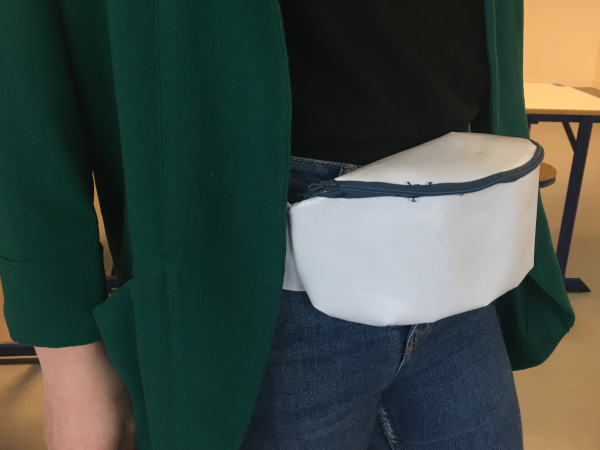
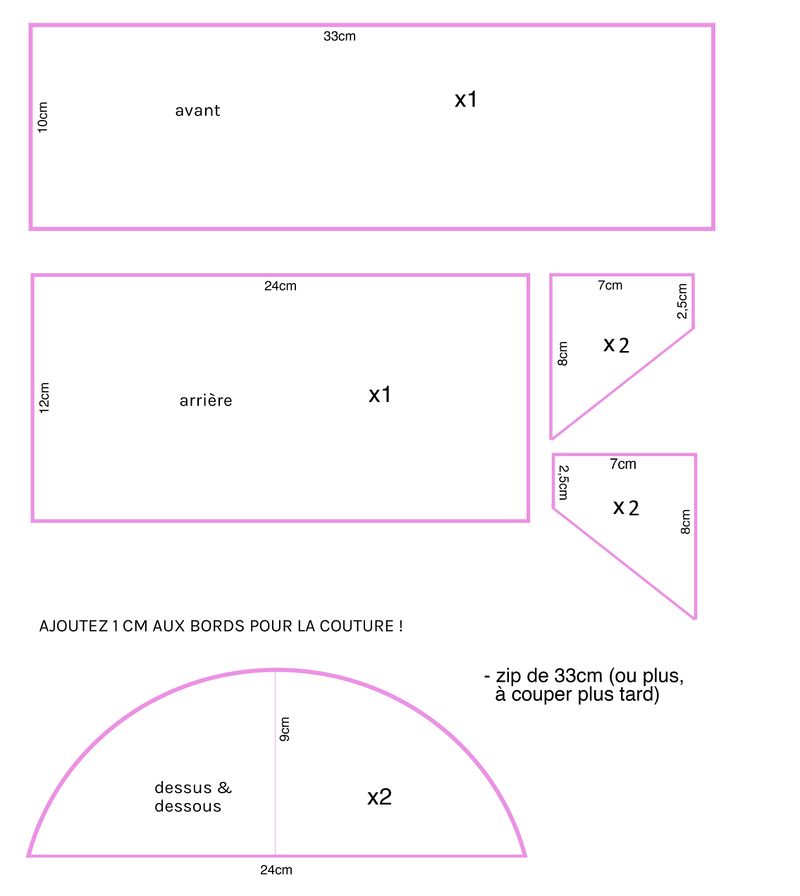
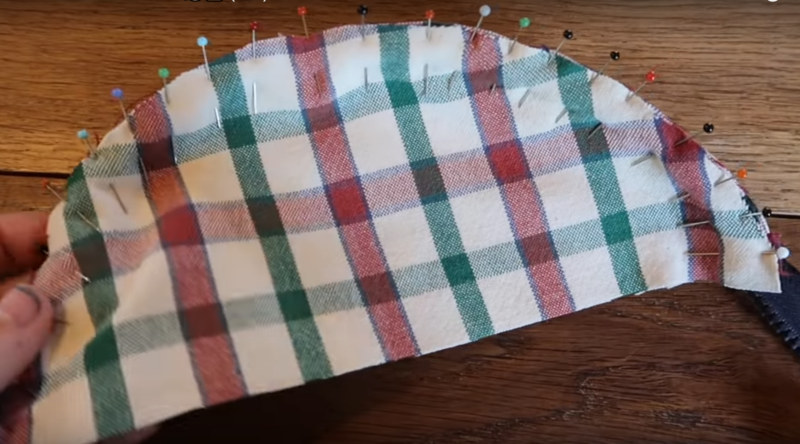
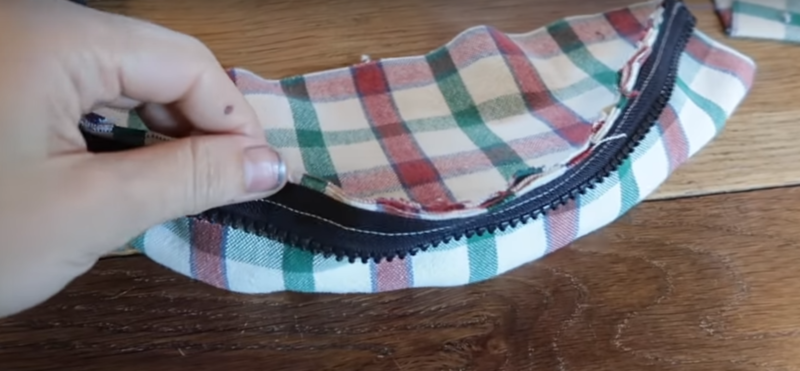

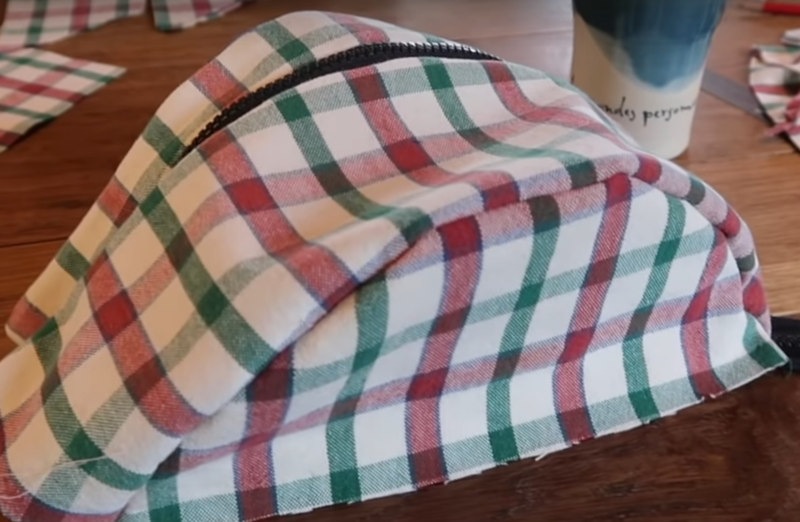
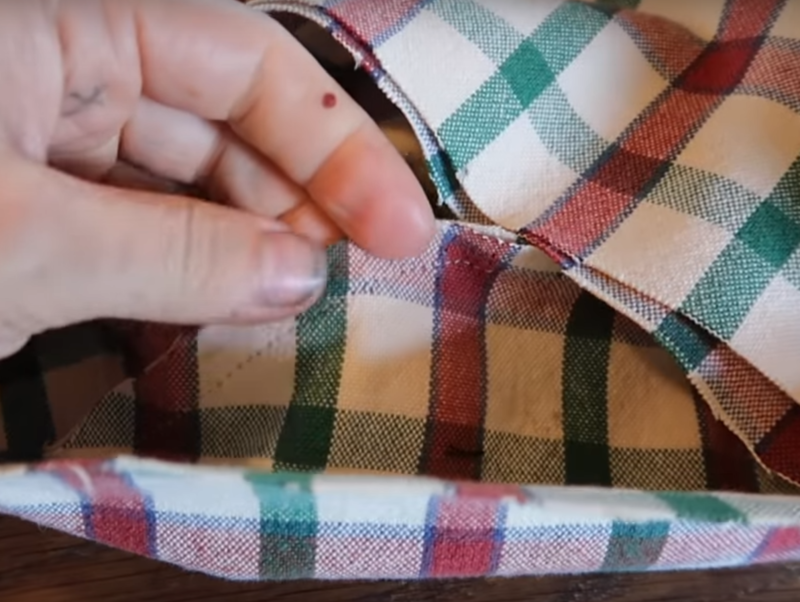
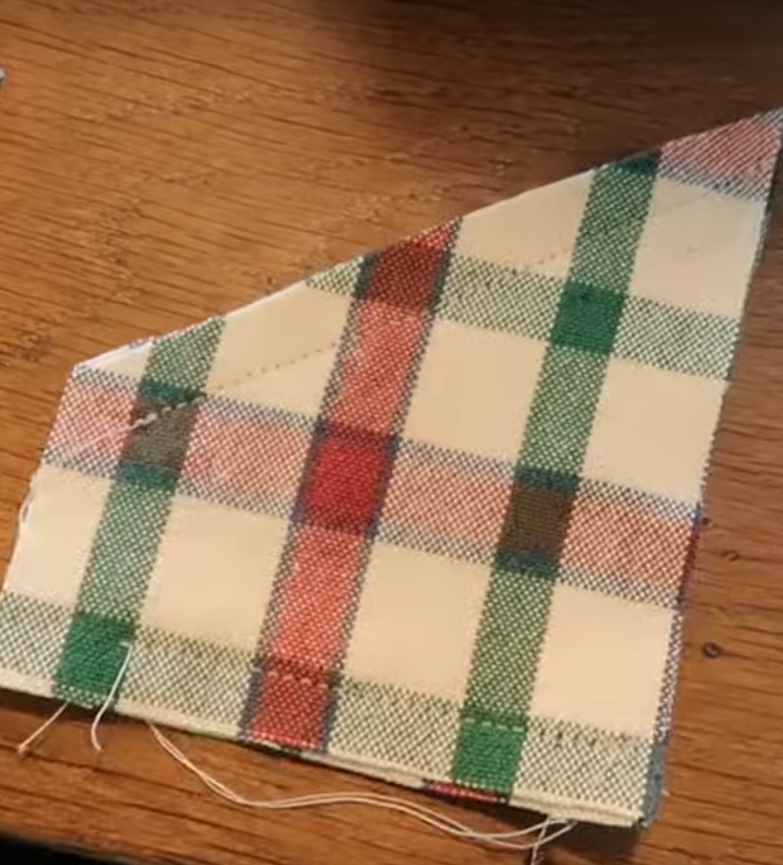
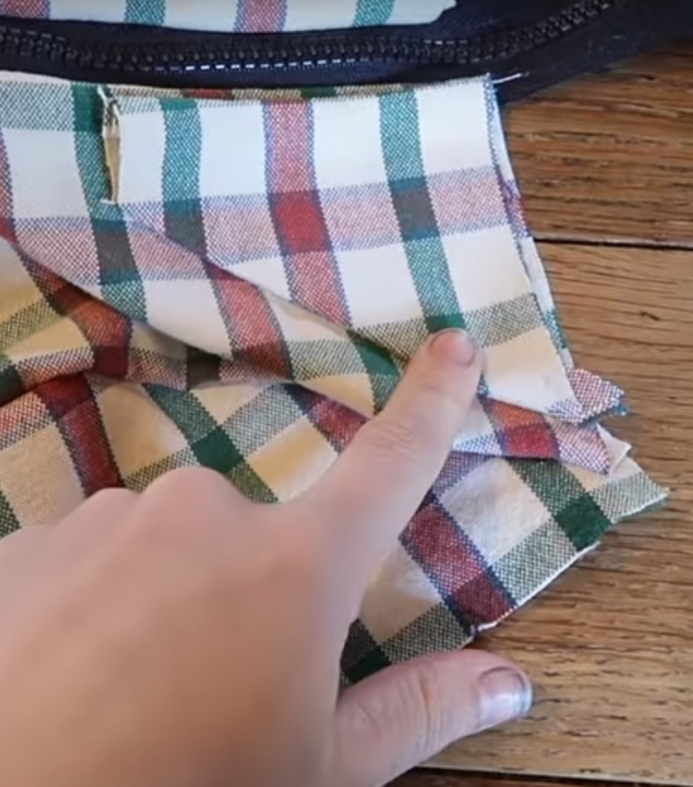
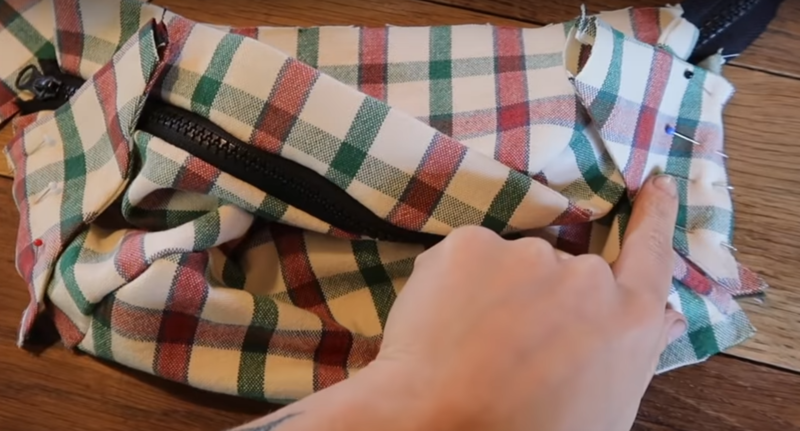
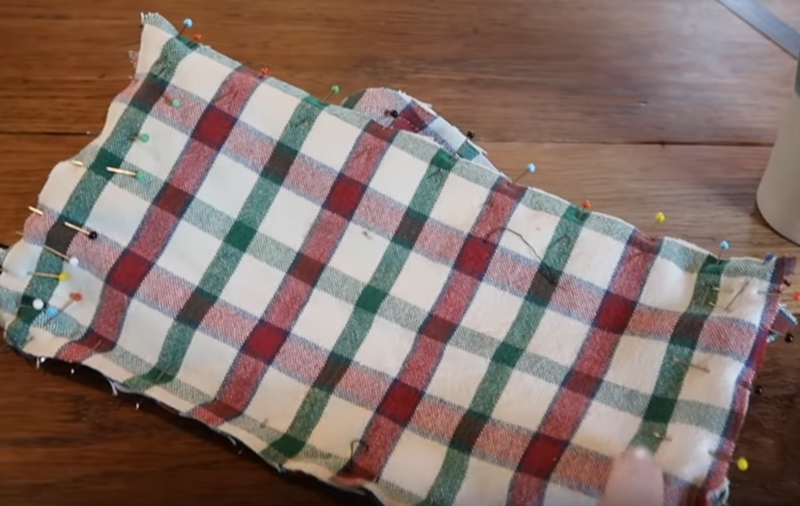
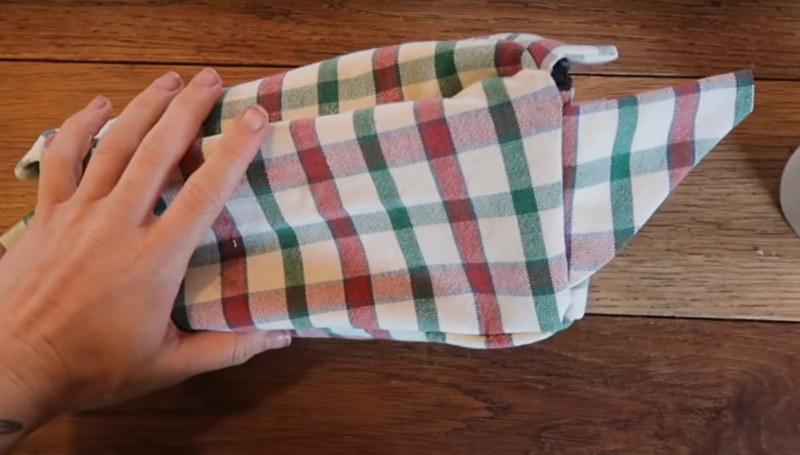
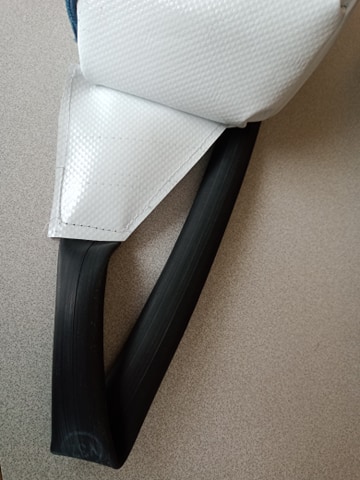
 Français
Français English
English Deutsch
Deutsch Español
Español Italiano
Italiano Português
Português